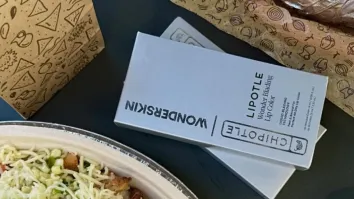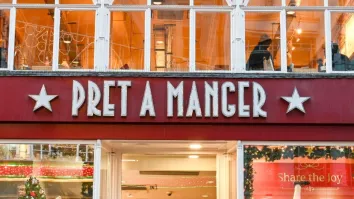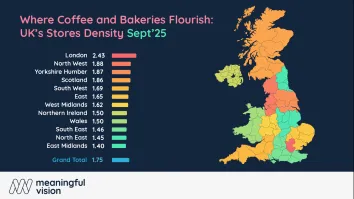
Nearly half of consumers change food choices due to calorie count
Almost two in three consumers switch their dish if it contains more than 1,000 calories.
Calorie labelling on food items could be necessary as nearly half of consumers said they will revise their orders if they felt that the food has too many calories, recent research showed.
CGA Nielsen's Food Insigihts 22 showed that pubs, bars, and restaurants can shape their offerings to entice customers.
"Two in five think they are a positive step to improving the nation’s health, but over a third think they will have a negative impact on people with eating disorders and the rest are indifferent," read the statement.
When it comes to tracking their calories, 46% said they do whilst 54% said they rarely or never monitor them.
Other findings include:
• Nearly one in six (15%) of 18 to 34-year-olds now follow a calorie-controlled diet, compared to just 8% of those aged over 55
• Consumers who would change menu choices because of high calories are much more likely to choose another dish (48%) than get a smaller portion (33%)
• When tracking calories and reducing courses, similar numbers say they would prioritise a starter (39%) or dessert (36%) to go with their main.
Karl Chessell, CGA’s business unit director - hospitality operators and food, EMEA, said, “Our report shows how crucial it is for suppliers and operators to understand the ways calorie labelling affects consumers’ decision-making. Venues need to find the right range of low-calorie food and drink options to appeal to those who watch their calories carefully, without compromising choices for those who have no interest in doing so. Menu design and communications—both physical and digital—are crucial too, and suppliers have a big role to play in supporting operators’ strategies.”
























